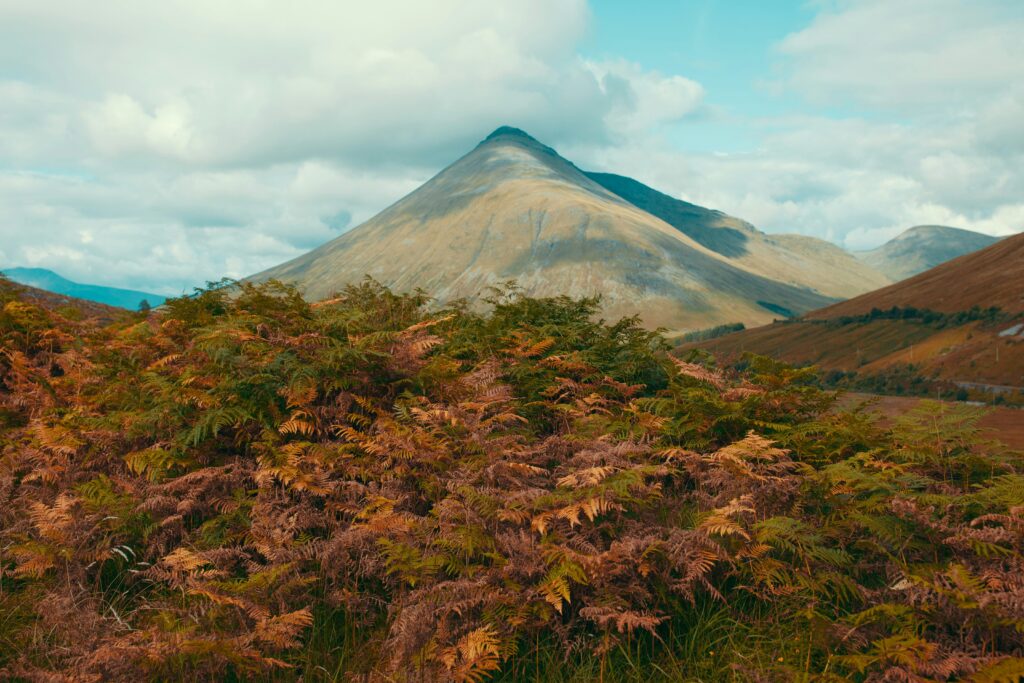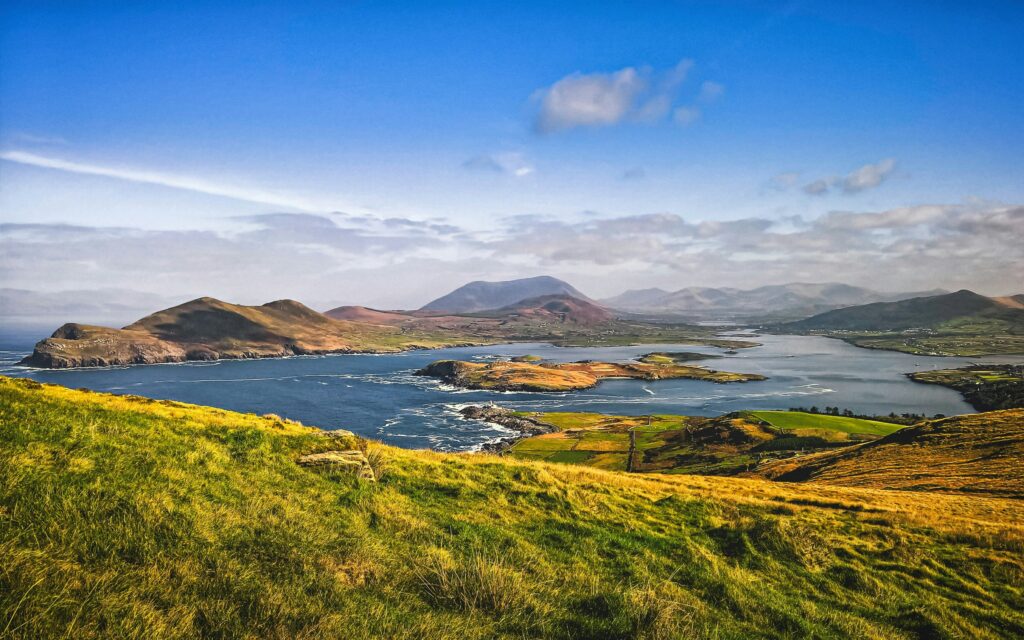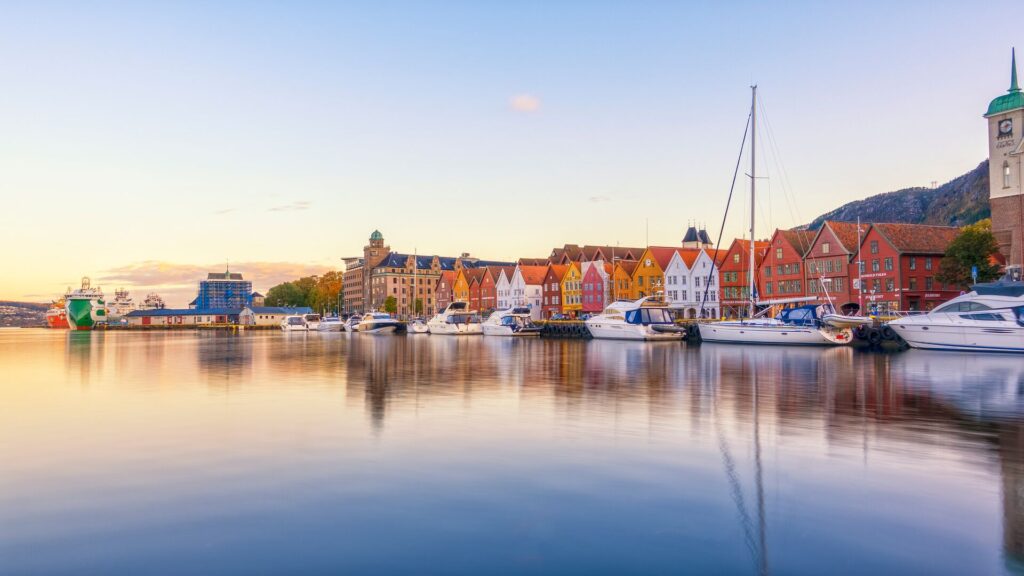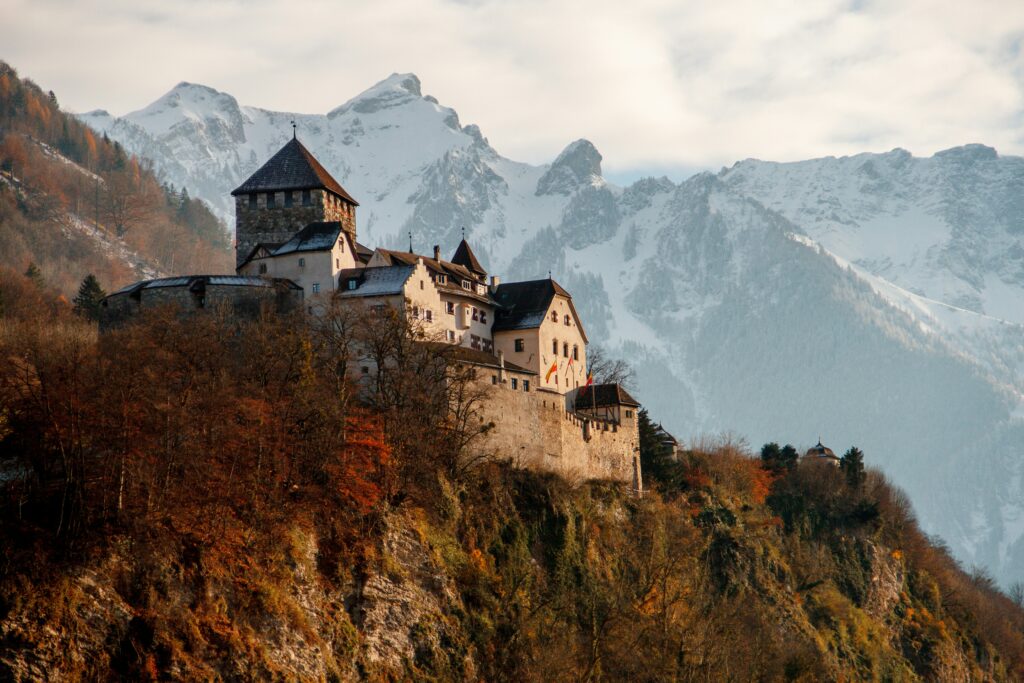As winter bids adieu and nature awakens, communities around the globe celebrate with zestful spring festivals. Some observe religion, others preserve ancient traditions, and some are just a joyful time of year for a grand get-together.
From frog jumping contests to hula competitions, we’ve selected some exciting and unique spring festivals around the world to inspire your travels.
Holi Festival, India and Nepal
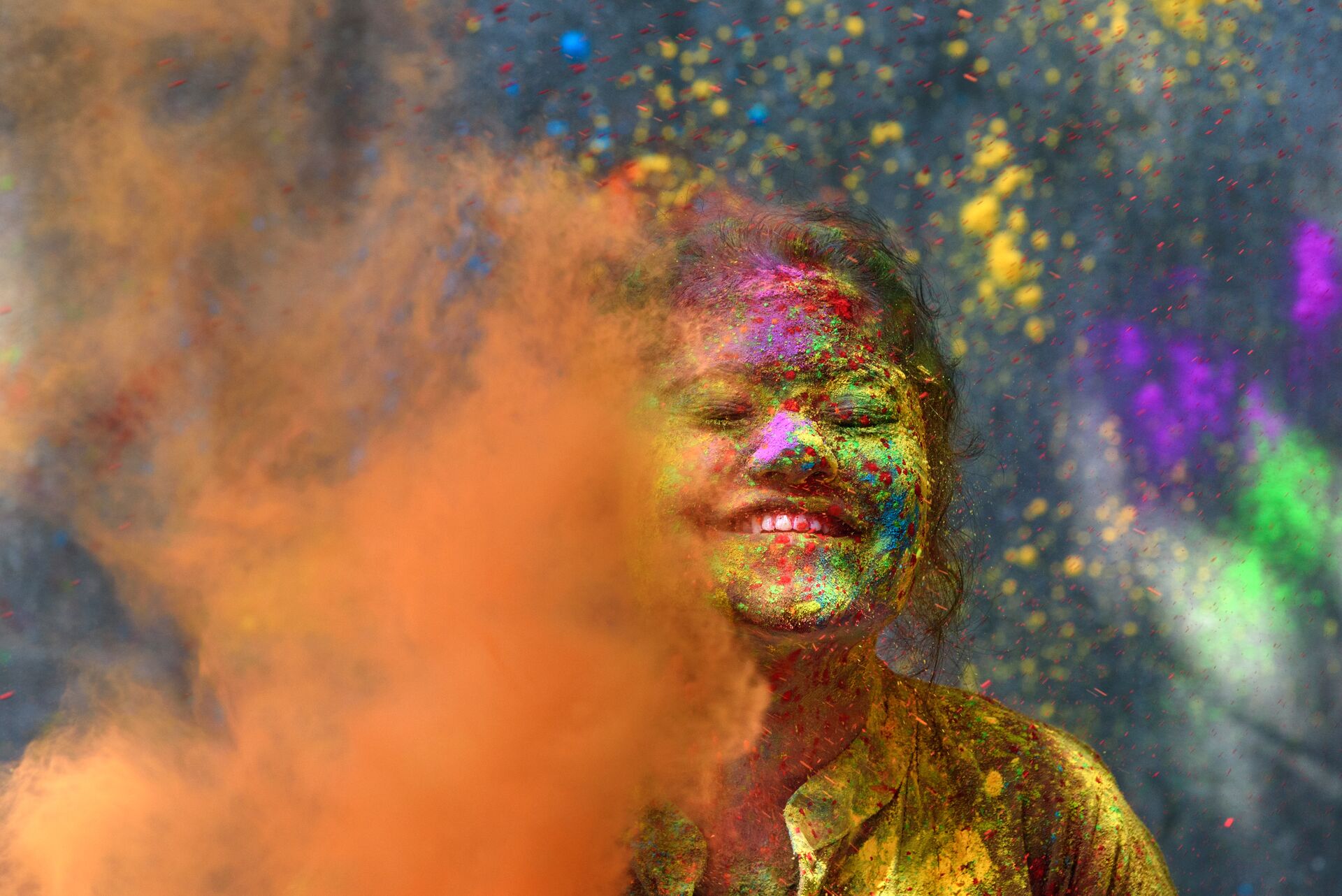
This joyful and flamboyant Hindu festival is celebrated mainly in India and Nepal and lasts for one night and one day. One of the largest religious spring festivals, also known as the Festival of Colors, it celebrates the beginning of the new, fertile season. It’s a vibrant spectacle, where fistfuls of brightly colored powder and water balloons whizz through the air, painting festival goers in day-glo shades of pink, blue, orange and green.
Holi typically falls in late February or March, depending on the lunar calendar. Its origins can be traced to ancient Hindu mythology. One of the most popular stories associated with Holi is the legend of Prahlada and Holika.
Prahlada was a devotee of Lord Vishnu, but his father, King Hiranyakashipu, was a cruel king who demanded everyone worship him as a god. When Prahlada refused, his father made attempts to kill him, but Prahlada was miraculously protected by Lord Vishnu.
Finally, the king’s sister, Holika, who was immune to fire, sat on a pyre with Prahlada on her lap, intending to burn him. However, her immunity only worked when she entered the fire alone. Thus Prahlada survived, while Holika was consumed by the flames.
Holi, therefore, symbolizes the victory of good over evil, and the bonfire lit on the eve of Holi is called ‘Holika Dahan’ to commemorate this legend.
Celebrate spring in a burst of color on: Classical India with Nepal
You might enjoy reading: Maya Sherpa: the woman who climbed to the top of the world
Merrie Monarch Festival, Hawaii
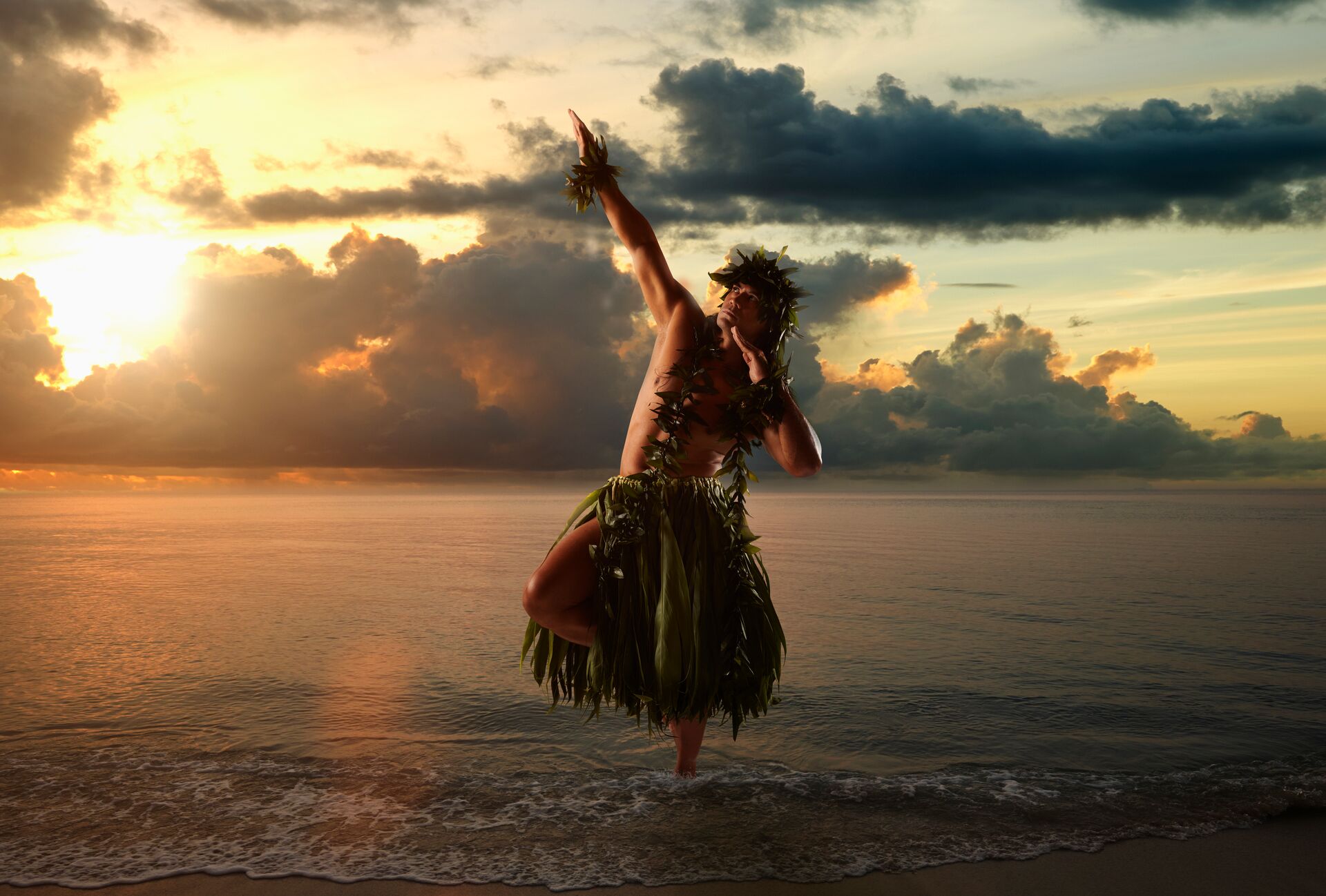
Every spring, Hawaii’s rich cultural heritage comes alive in a mesmerizing celebration of hula, music, and art. Held in Hilo on Big Island, the Merrie Monarch Festival is one of the most important hula competitions in Hawaii.
This most vibrant of spring festivals was established in 1963 to perpetuate the traditional art of hula and showcase the cultural heritage of the islands. Now it’s a week-long cultural event held annually during Easter, attracting hula hālau (hula schools) and visitors from all over the world.
The festival’s history goes back to the last reigning king of Hawaii, King David Kalakaua – known as the ‘Merrie Monarch’ due to his love for the arts, music and hula. King Kalakaua was also a strong advocate preserving Hawaiian culture and traditions during a time when these practices were being suppressed.
After the King’s death in 1891, hula experienced a period of decline and cultural suppression. It was later revived and preserved by hula masters and practitioners who recognized the importance of keeping the traditional art form alive.
In the early 1960s, George Na’ope, a respected hula teacher and chanter joined forces with hula icon Dottie Thompson and local community leaders. Together they conceived the idea of a festival to honor King Kalakaua and revitalize the hula tradition. They envisaged a platform to showcase the skills and talents of hula practitioners and to let the world delight in Hawaiian cultural heritage.
The first Merrie Monarch Festival took place in 1964 and was an immediate success. The highlight of the festival is the hula competition, where hālau (hula schools) compete in both traditional and contemporary hula styles.
Perfect your hula on: Hawaii with Oahu Maui and the Big Island
You may also like: A state for every palate, passion or purpose: Why the USA delivers it all
St Patrick’s Day, Ireland
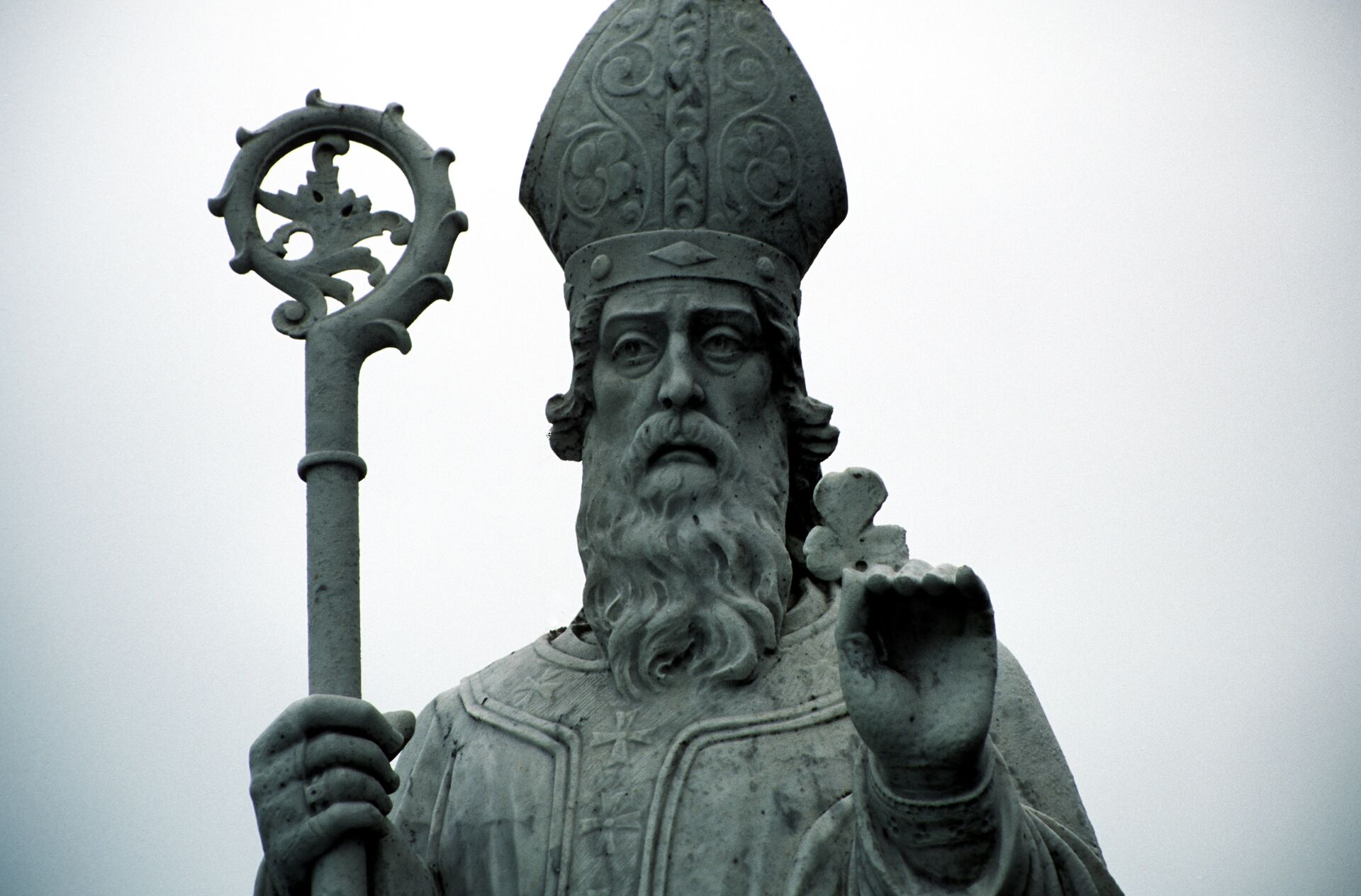
Saint Patrick’s Day, celebrated on March 17th, is a famous Irish holiday that has gone on to become one of the most popular spring festivals worldwide. Originating in the early 17th century, the festival’s roots are deeply intertwined with the life and legacy of Saint Patrick, the patron saint of Ireland.
Saint Patrick, originally born in Roman Britain, was kidnapped and brought to Ireland as a slave during his teenage years. During his captivity, he developed a deep connection with the Irish people and their culture. After escaping captivity and returning to Britain, he became a Christian missionary and later returned to Ireland with a mission to spread Christianity.
One of the most famous legends associated with Saint Patrick is the story of him using a three-leafed shamrock to explain the concept of the Holy Trinity to the Irish people. This has led to the association of the shamrock with the holiday, and it has become a symbol of luck and fortune.
Over the centuries, Saint Patrick’s Day evolved into a religious feast day, commemorating the death of Saint Patrick. It was traditionally observed as a solemn occasion with church services and fasting. However, in the early 20th century, the Irish diaspora in the United States started transforming the holiday into a celebration of Irish culture and heritage.
Today, Saint Patrick’s Day is a vibrant celebration of Irish identity, marked by parades, green decorations, Irish music, traditional dancing, and, of course, the famous green beer. Cities around the world host their own festivities, honoring Irish culture and inviting people of all backgrounds to join in the revelry.
Enjoy the Emerald Isle on: Country Roads of Ireland
You might also be interested in: Travel Director Siobhan, on the important role folklore plays in understanding Irish culture
Calaveras Jumping Frog Jubilee, California
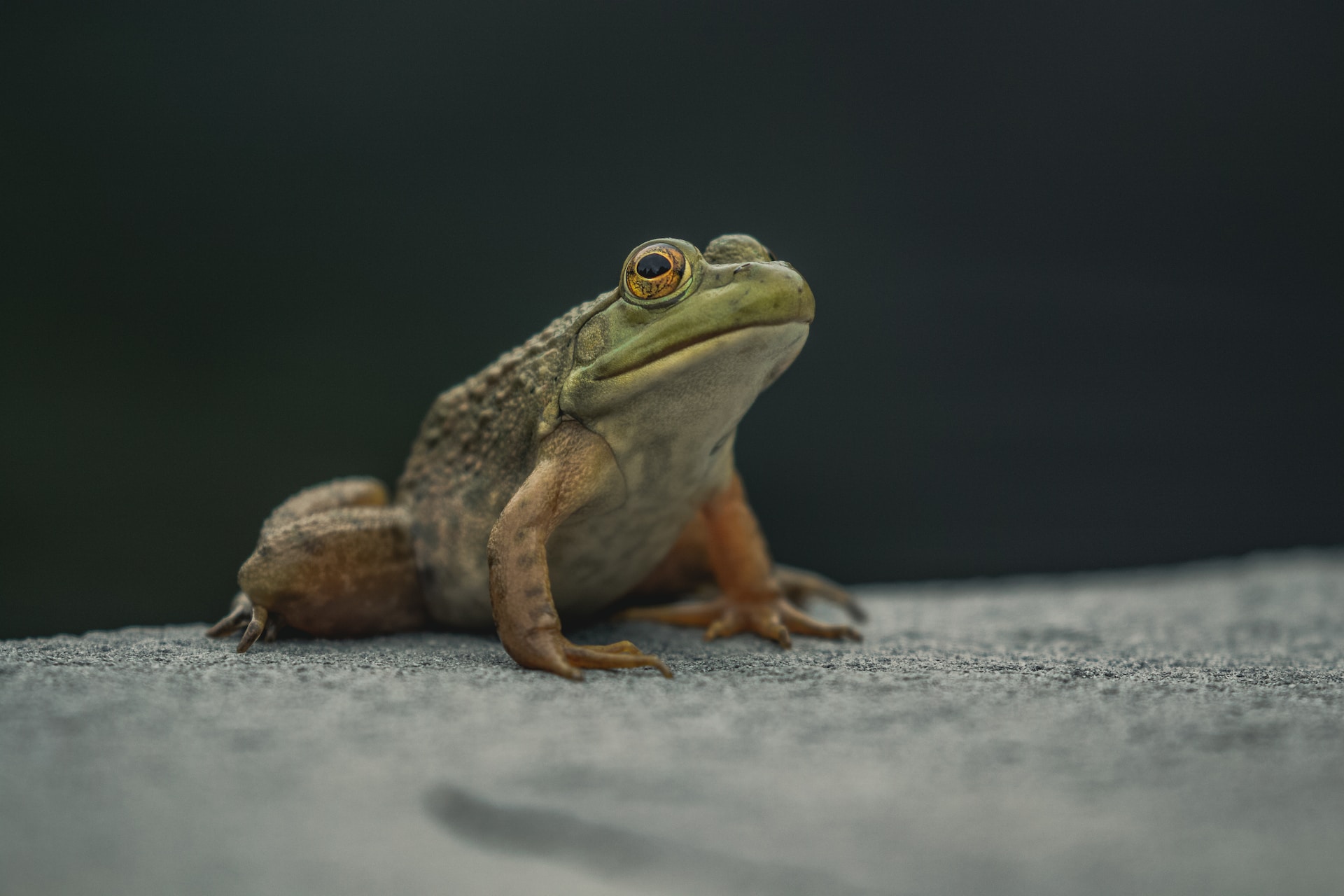
Held annually on the third weekend in May, this curious spring festival features a carnival, live music, a parade and…..a from jumping contest. Where trained frogs compete to see which one can jump the farthest.
Taking place in Angels Camp, California, the event’s origin is attributed to a short story written by Mark Twain, titled ‘The Celebrated Jumping Frog of Calaveras County.’ Published in 1865, the story revolves around a fictional character named Jim Smiley and his talented jumping frog, named Dan’l Webster. An entertaining tale, it humorously captures the spirit of the mid-19th century, during California’s gold rush era.
In 1928, a local businessman and journalist named Don Pedro Breschi, along with the Angels Boosters Club, organized the first official frog jumping contest in honor of Mark Twain and his story. The event gained popularity and in 1938 it became an annual celebration.
One of the most unique spring festivals you will find, the main highlight of the event is the frog jumping contest, where participants bring their trained frogs to compete for the title of “Jumping Frog Champion.” The rules are straightforward: the frog that jumps the farthest in three successive leaps wins.
Enjoy all the delights of the Golden State on: Best of California
You may also be interested to read: 7 benefits you’ve likely never considered for traveling in the off season
Las Fallas, Spain
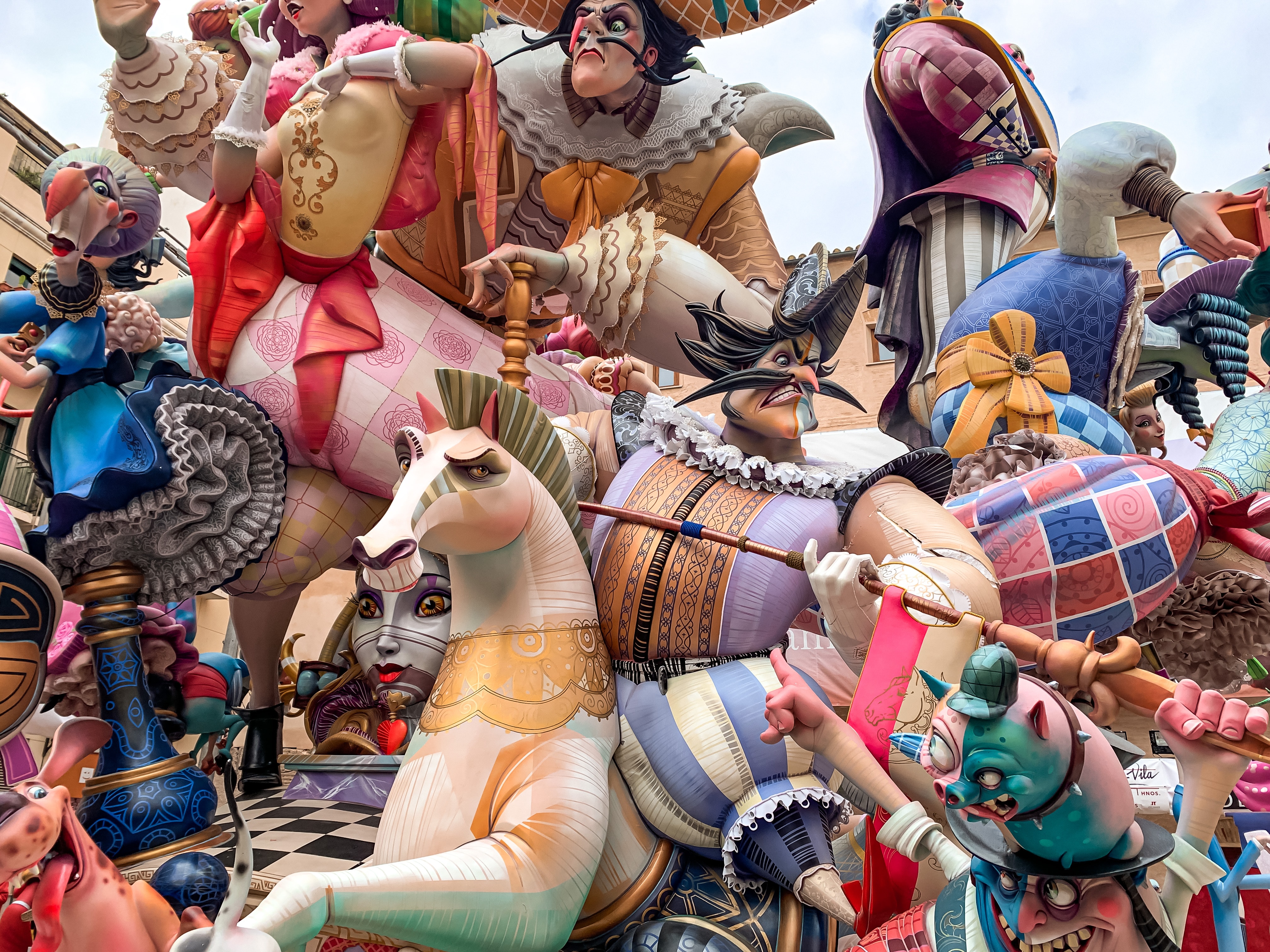
Las Fallas is a spectacular and world-renowned spring festival of arts and music celebrated annually in Valencia, Spain. Its origins can be traced back to ancient carpenters who, during the spring equinox, would burn wooden structures known as ‘parots’ to mark the end of winter and welcome the coming of spring.
Today, Las Fallas has evolved into a grand event where local neighborhoods, or ‘fallas,’ compete to create elaborate and gigantic sculptures made of papier-mâché and wood. These sculptures, called “ninots,” often satirize political figures, celebrities, or current events with humor and wit. The craftsmanship and creativity involved in their construction is awe-inspiring.
Throughout the festival, the streets of Valencia come alive with traditional music, dance performances, and colorful processions of people dressed in traditional regional attire. Each day, at 2:00 p.m., La Mascletà, a deafening and synchronized firecracker display entertains the crowds.
The climax of Las Fallas is the ‘La Cremà,’ the Burning Night. At the stroke of midnight, the fallas are set ablaze, transforming the city into a spectacle of fire and light. While it may seem heartbreaking to see the beautiful sculptures destroyed, it symbolizes the renewal of life and the spirit of letting go of the past to embrace the future.
Discover Iberian wonders on: Best of Spain & Portugal
